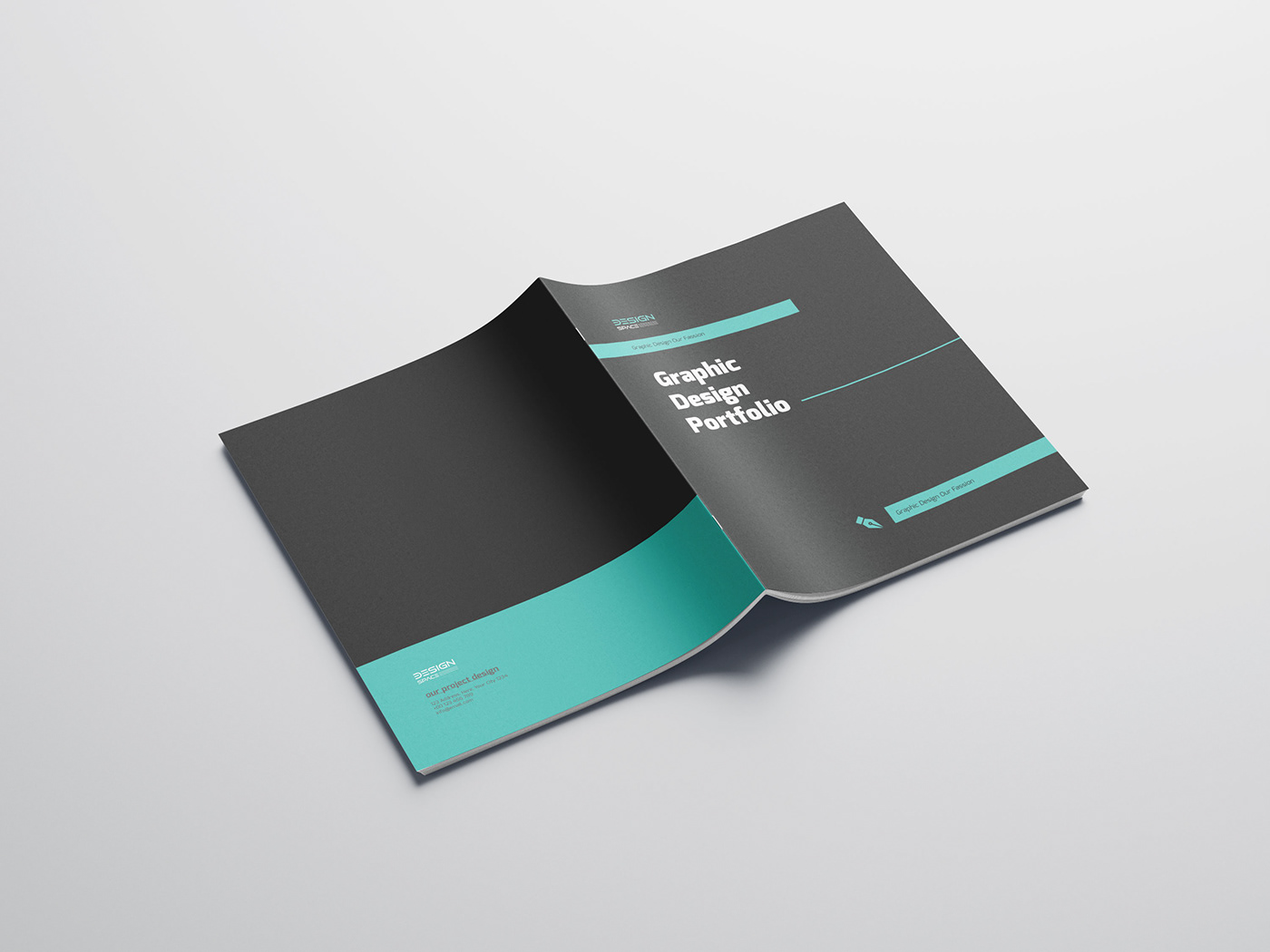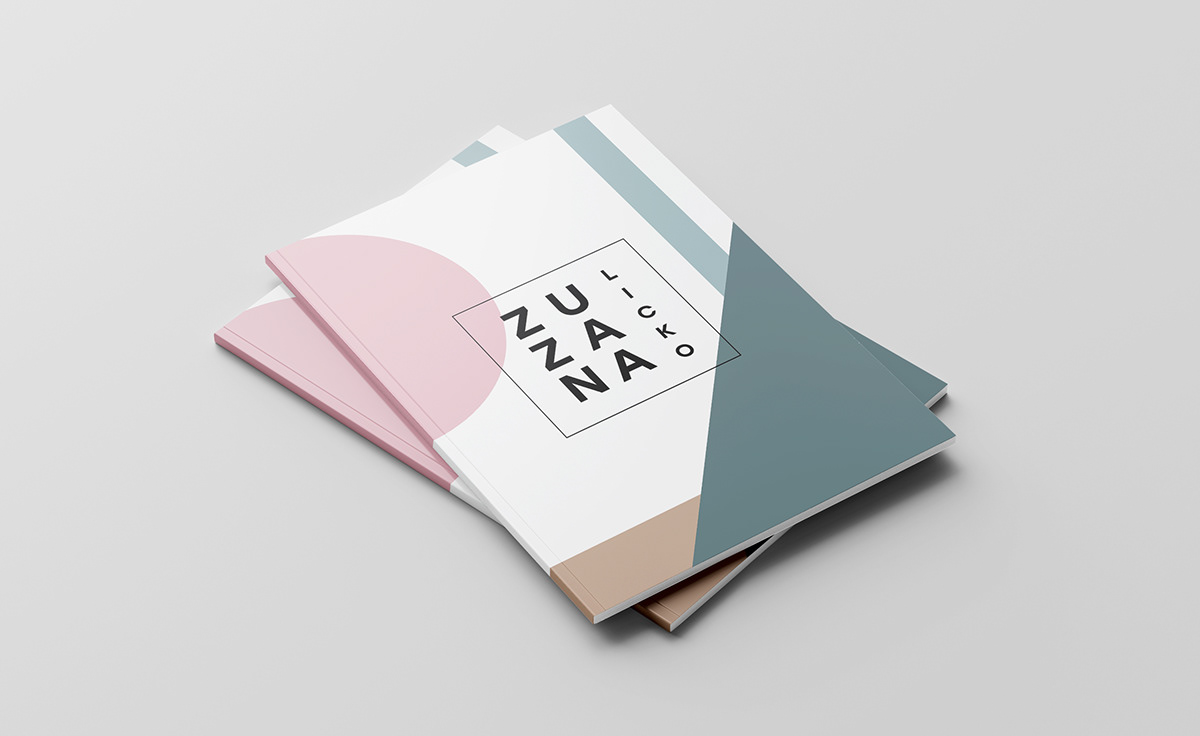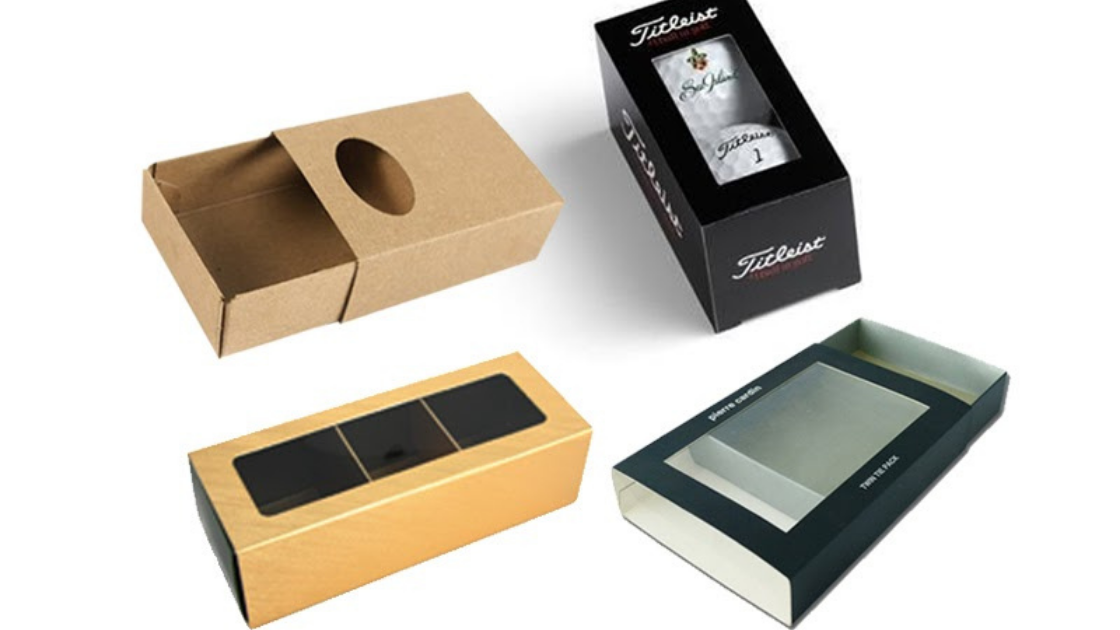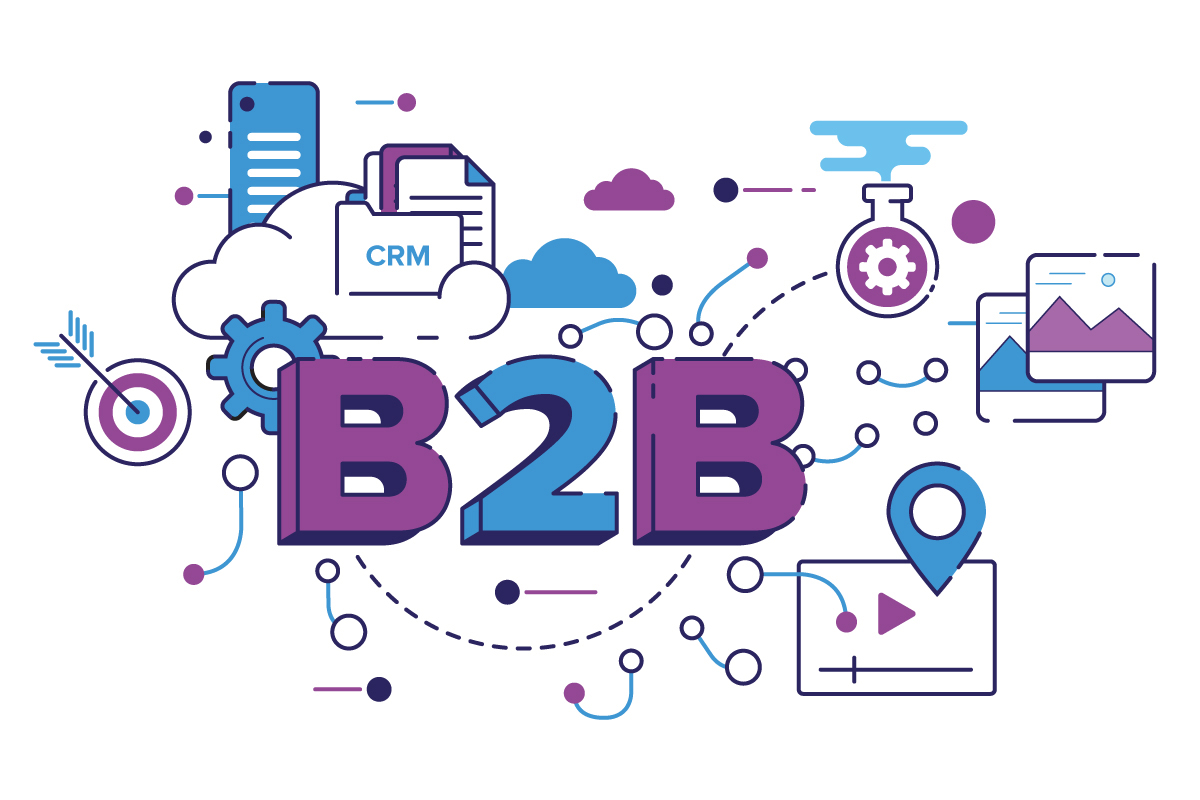Contents
- 1 Understanding the Basics of Booklet Design
- 2 Planning Your Content Layout
- 3 Selecting the Right Paper and Printing Techniques
- 4 Essential Design Principles for Booklets
- 5 Developing Engaging Covers to Attract Attention
- 6 Incorporating Effective Visuals and Infographics
- 7 The Psychology of Color in Marketing Materials
- 8 The Importance of Professional Copywriting
- 9 Navigating the World of Digital and Offset Printing
- 10 Best Practices for Distributing Your Booklets
Understanding the Basics of Booklet Design
The art of booklet design is much more than assembling pages of content. It involves developing a thorough communication tool to communicate your message and showcase your brand successfully. Booklets range from informative product catalogs to engaging event programs or educational manuals. Unlike a brochure, which briefly piques interest, or a flyer, with its transient call to action, booklets stand out with their ability to present detailed narratives, intricately combining text with imagery.

Good design is paramount, and it’s here that the roles of graphics and typography must be balanced. They elevate the content, guiding readers through the booklet with visual cues and legible, well-presented text. These marketing materials can leave lasting impressions when produced through professional booklet printing services.
Planning Your Content Layout
Strategic content layout in booklet design mirrors an architect’s blueprint for a building, serving as a roadmap to lead readers through the content. This intentional design entails organizing information to establish a clear hierarchy and ensure readability. Every page should balance text, graphics, and white space throughout the booklet to avoid overcrowding and enhance reader engagement. The narrative should flow smoothly, with each section logically transitioning to the next. Creating a visually appealing yet functional layout requires meticulous attention to detail.
This underscores the importance of effective booklet printing in conveying information effectively and engaging readers. Whether disseminating complex data or telling a compelling brand story, the design makes your booklet intuitive and absorbing.
Selecting the Right Paper and Printing Techniques
The tactility of a booklet can significantly affect the user experience and perception. Paper stock has the potential to express quality and purpose; for instance, a glossy finish can suggest a modern, high-end product, while matte, recycled paper can communicate eco-friendliness and earthiness. Further, the printing technique chosen—whether digital printing for its speed and efficiency or the superior quality of offset printing—is crucial in bringing your design to life.
Digital printing might be the go-to for shorter runs or tight deadlines, while offset value shines in high-volume orders, offering cost advantages and unmatched color fidelity. Whichever method you choose, bear in mind how these physical attributes of your booklet will affect its reception and, by extension, the communication of your message.
Essential Design Principles for Booklets
The design of an impactful booklet is both an art and a science, requiring an understanding of key design principles. Color schemes are fundamental; they invoke emotions and create the atmosphere of your content. Maintaining consistency in fonts, sizes, and styles throughout the pages builds trust and professional appeal. Knowledge of design frameworks, such as the rule of thirds, leads to dynamic layouts that attract and hold the viewer’s attention.
Balance and alignment, contrast, and repetition are the tools that when wielded expertly, will result in a beautiful and compelling booklet, drawing the reader into its contents and delivering your message with clarity and impact.
Developing Engaging Covers to Attract Attention
Your booklet’s cover is the frontline of your marketing effort, the attention-grabber that will entice a potential reader to pick it up and look inside. It must be meticulously designed to create an immediate, powerful impression. Key elements include an engaging title, high-quality imagery, and a clear representation of what the reader will discover within its pages. Understanding the psychology of what draws the eye—contrast, color, or imagery—is vital to creating a striking cover design.
This also extends to the back cover, which should not be neglected, as it offers additional space for branding or calls to action. Your covers should adhere to your brand identity, ensuring that your booklet is unmistakably yours from the very first glance.
Incorporating Effective Visuals and Infographics
Visual elements are vital in breaking up text, illustrating points, and contributing to a booklet’s thematic coherence. Photography can tell tales, arouse feelings, and highlight products; drawings, on the other hand, can clarify challenging ideas or provide funny, brand-specific details. Infographics distill data into digestible visual pieces, often enhancing comprehension and recall. In booklet design, these elements must be curated to reinforce and complement the message, not distract from it, for an in-depth exploration of how to maximize the potential of visuals in education and, thus, by extension, in your booklet.
The Psychology of Color in Marketing Materials
The strategic use of color within your booklet can profoundly affect how it is perceived and subtly convey deeper meanings behind your brand and message. Understanding the psychology behind color choices can ensure the palette aligns with the emotions and associations you wish to elicit. Color choices should be made with the brand voice in mind and adapted to fit the cultural and contextual connotations of the intended audience.
To further understand color’s role in consumer behavior and decision-making, reading through analyses can prove insightful.
The Importance of Professional Copywriting
Copywriting is the voice of your booklet, narrating your story and coaxing the reader to engage and interact with the content. Transparent, persuasive, and reflective of the brand tone, professional copywriting can transform a booklet from mere information to a compelling invitation to the reader. Headlines should be captivating, guiding the reader through the narrative, while calls to action must be clear and potent, driving the desired response.
Meticulous editing and proofreading ensure the final product is polished, reflecting the quality and attention to detail your brand represents.
Print technology plays a critical role in how your booklet turns out. For small to medium-sized print runs, digital printing is perfect since it offers fast turnaround times and the ability to change content between batches. On the other hand, offset printing generally provides higher quality, especially for more extensive print runs where color consistency is vital. Choosing between digital and offset will depend on your budget, quantity, and quality requirements. Knowing these choices will enable you to make well-informed choices so that your booklet appears as beautiful in person as it does on screen.
Best Practices for Distributing Your Booklets
Once your booklet is printed and ready, distribution is critical to ensuring it gets into the right hands and achieves its intended effect. A strategic approach may involve targeted distribution at events, in-store displays, or direct mailing campaigns.
Digital distribution should not be overlooked; a digital version of your booklet can extend reach and accessibility. Monitoring mechanisms such as QR codes or customized URLs to gauge effectiveness can provide valuable data on engagement and conversion rates. By analyzing these metrics, you can refine your approach and tailor subsequent distributions to maximize return on your investment in booklet creation.




